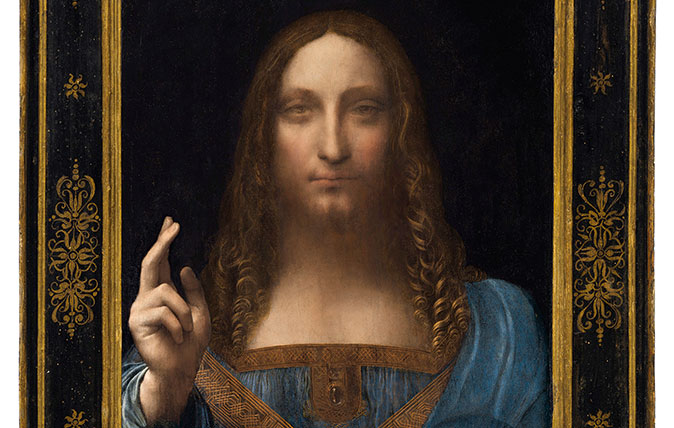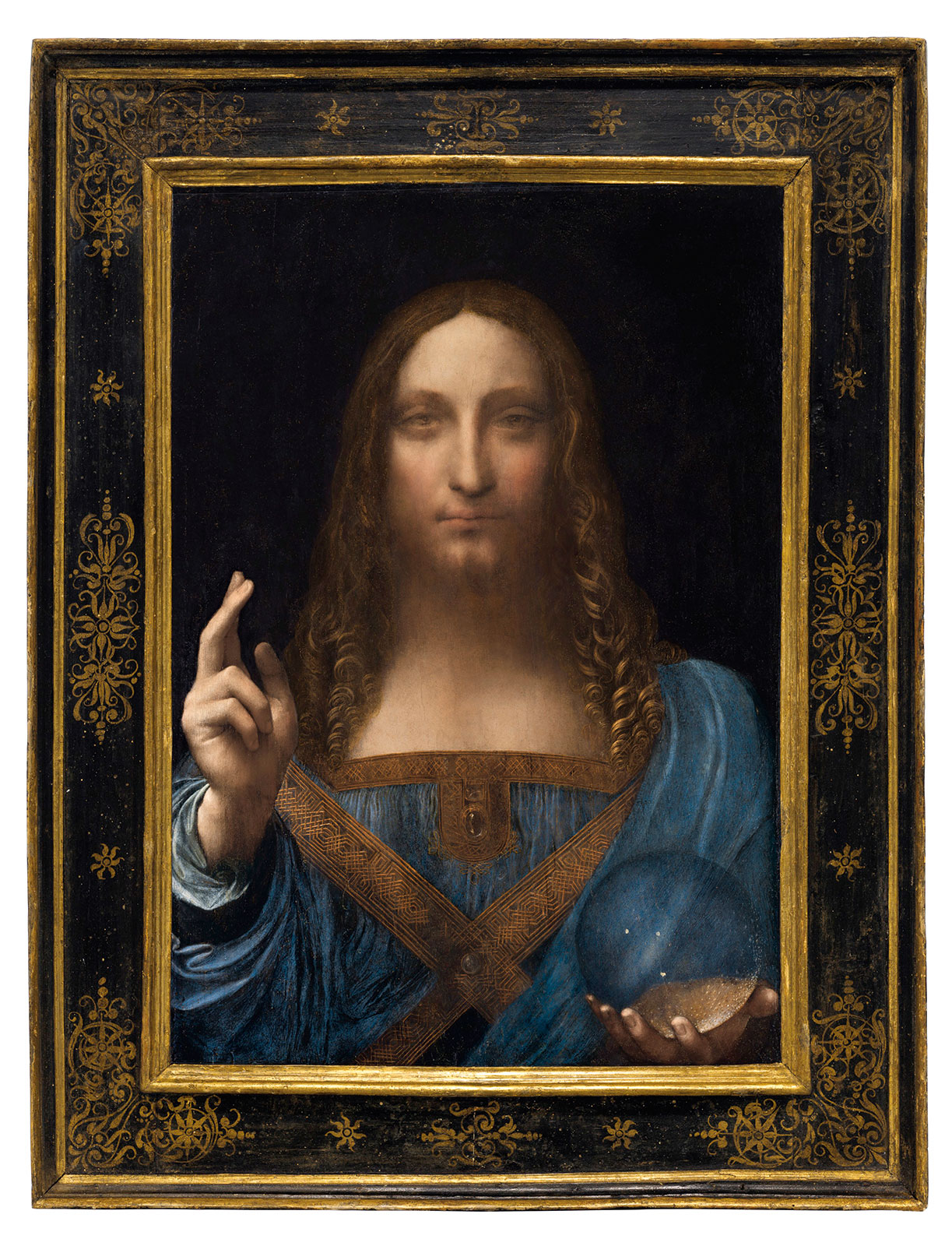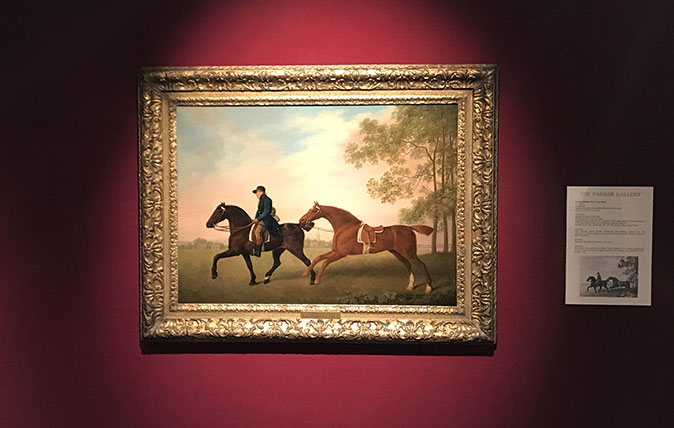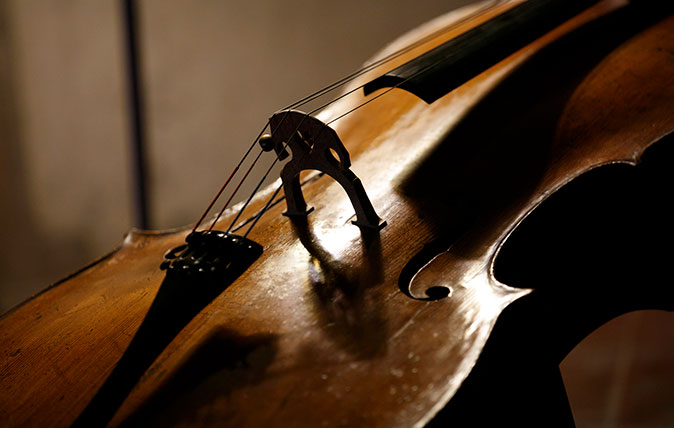The awkward questions that still need answering about Da Vinci's $450m Salvator Mundi
The dust has now settled following the $450 million sale of Leonardo Da Vinci’s Salvator Mundi. But there are still a few rather difficult questions about the sale to be tackled, according to our art expert Huon Mallalieu.



One of the many weird things about the sale of the Salvator Mundi for $450 million (£337 million) was the repeated claim of Christie’s that it was ‘the last Leonardo painting left in private hands’.
It’s the business of auctioneers to know who owns anything important that might come onto the market and, even when the statement was qualified to ‘fewer than 20 paintings by Leonardo are known to exist and all save for Salvator Mundi are in museum collections’, it will have puzzled at least two owners.
Two versions of the Madonna of the Yarnwinder are now accepted as prime versions from the hand of the master; the Duke of Buccleuch’s is only on loan to the National Galleries of Scotland and the second is in an anonymous American private collection.
The decision to offer the painting, ‘circa 1500’, in a Post-War and Contemporary auction in New York also seemed weird at first sight, but was, in fact, logical and justified by the result.
The clue to that logic is revealed in part of the description: ‘Both of Christ’s hands, the exquisitely rendered curls of his hair, the orb, and much of his drapery are in fact remarkably well preserved and close to their original state’. The implication is that a good deal of it was indeed contemporary, and turns out to be the work of a well-respected New York restorer.
The right hand is convincing, but it’s surprising that the left with the orb should be accepted so uncritically. After all, a scientist of Leonardo’s standing would surely have noticed that images seen through a glass sphere are reversed.
So what did Salvator Mundi look like before conservation? The answer was given on this Instagram post by Tom Campbell, former director of the Metropolitan Museum in New York.
Exquisite houses, the beauty of Nature, and how to get the most from your life, straight to your inbox.
Not a pretty sight, and the Art Newspaper has run a long analysis discussing what has been done.
Bidders in contemporary sales are perhaps thought to be less concerned about such matters than traditional Old Master buyers. They may also be less concerned with provenance – patchy in this case – or the fact that the 25¾in by 17¾in painting had been offered around the market for the past decade or so.
A further irreverent thought: Christie’s had found a guaranteed buyer at £95 million. As that was very comfortably exceeded, and given the history of defaulting buyers during the Oriental art boom, it must be hoped that the auction house has also laid off against the unnamed buyer, widely suspected to be ‘Chinese or other Asian’.
In the wake of the sale, the bookie Paddy Power was offering 8/1 that the ‘piece is confirmed to be a fake; 16/1 Sale falls through; 25/1 Some-one else comes forward with the “real” painting; 66/1 The piece is damaged in transit to the home of the buyer’.
Actually, I would think that the first of these should have attracted by far the longest odds.

Credit: Two Hacks by George Stubbs (Parker Gallery)
Long-neglected ‘copy’ turns out to be original Stubbs worth £750,000
Gallery owner Archie Parker thought something was amiss when he came across this painting in an online sale catalogue, and

What it feels like to play a violin that cost millions with a bow that cost more than a house
What it feels like to play a violin that cost millions – with a bow that cost more than a house.
Country Life is unlike any other magazine: the only glossy weekly on the newsstand and the only magazine that has been guest-edited by His Majesty The King not once, but twice. It is a celebration of modern rural life and all its diverse joys and pleasures — that was first published in Queen Victoria's Diamond Jubilee year. Our eclectic mixture of witty and informative content — from the most up-to-date property news and commentary and a coveted glimpse inside some of the UK's best houses and gardens, to gardening, the arts and interior design, written by experts in their field — still cannot be found in print or online, anywhere else.
